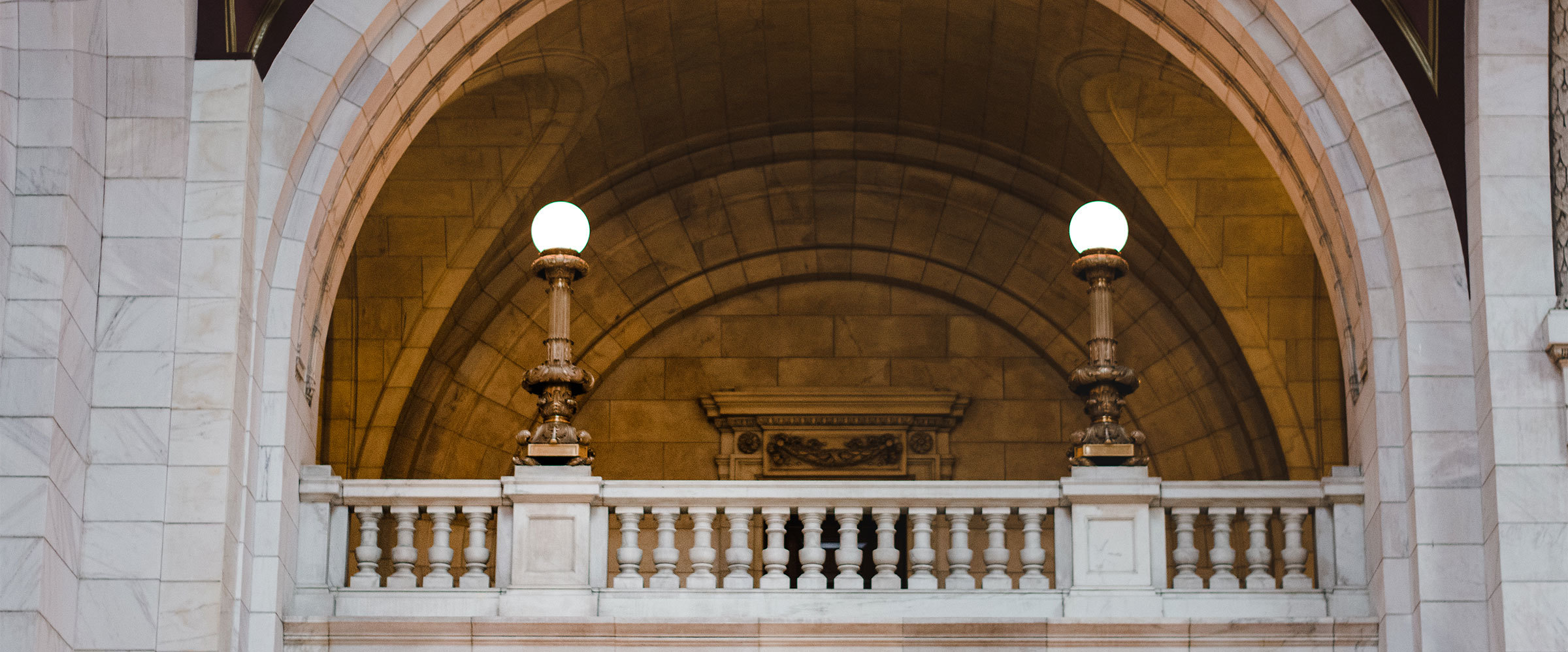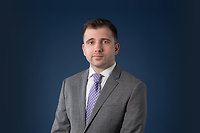By Pat Kasson and Thomas N. Spyker
The U.S. Department of Labor (“DOL”) has recently issued guidance explaining that paid leave obligations created by the Families First Coronavirus Response Act (“FFCRA”) apply to state and local public employers regardless of size or composition. This is a significant clarification from the original language of the law, which initially left open the possibility of exemptions for certain smaller municipalities.
This article is intended to explain how recent DOL Regulations regarding the FFCRA specifically impact public employers. For a more detailed overview of employer paid leave obligations under the law, please visit our recently published comprehensive guidance here.
COVERED PUBLIC EMPLOYERS
Under the FFCRA, covered public entities with one or more employees are required to provide eligible employees with up to 80 hours of Emergency Paid Sick Leave (“PSL”) and 12 weeks of job-protected paid Emergency Family and Medical Leave (“EFML”) for qualifying reasons related to COVID-19. The law defines “public agencies” broadly as:
• The government of the United States;
• The government of a State or political subdivision of a State;
• An agency of the United States (including the United States Postal Service and Postal Regulatory Commission),
• An agency of a State, or a political subdivision of a State; or
• Any interstate governmental agency.
Recent DOL regulations explain that the general and broad definitions used in the FFCRA to define public agencies were intentionally designed to encompass a wide range of state and municipal public employers, regardless of size or composition.
The Regulations also foreclose certain exemptions that were originally thought might be extended to public employers. Unlike private employers, obligations are imposed on public employers regardless of size. Whereas the FFCRA only applies to private employers with fewer than 500 employees, there is no such cap for covered public employers. Further, the “small employer” exemption available to private entities with less than 50 employees is not applicable to public employers.
However, the DOL has also clarified that exemptions for emergency responders and health care providers are also intentionally broad. These exemptions will apply to several categories of public employees including, police, fire, emergency medical, correctional, and public works employees.
PUBLIC EMPLOYER OBLIGATIONS
Both PSL and EFML are avalible to all eligible public employees, whether they are full or part-time. PSL is available to all employees immediately, regardless of the length of their service. While EFML is available to employees who have been employed for at least 30 calendar days at the time leave is requested.
Paid Sick Leave - PSL
An employee is eligible for up to 80 hours of PSL when they are unable to work or telework due to six qualifying reasons. The amount of compensation avalible to an employee is dependent on the reason they take leave.
An employee is entitled to up to 80 hours of PSL paid at their full rate of pay if taking leave because:
1. The employee is subject to a federal, state or local COVID-19 quarantine or isolation order;
2. The employee is subject to a COVID-19 self-quarantine as advised by a health care provider; or
3. The employee is experiencing COVID-19 symptoms and is seeking a medical diagnosis.
Leave taken under these categories is subject to caps of $511 per day or $5,110 in the aggregate, per employee. An employee is entitled to up to 80 hours of PSL paid at two-thirds (2/3) their regular rate of pay if taking leave because:
4. The employee is caring for another individual who is subject to a federal, state, or local quarantine or isolation order, or health care provider advised self-quarantine;
5. The employee is caring for a son or daughter because the child’s school or daycare has been closed due to COVID-19 precautions;
Leave taken under these categories is subject to caps of $200 per day or $2,000 in the aggregate, per employee.
Finally, a sixth category allows an employee to take PSL when an employee is experiencing “any other substantially similar condition” specified by the U.S. Secretary of Health and Human Services. But to date, no substantially similar conditions have been defined.
Expanded Family and Medical Leave
Covered public entities must provide paid expanded family and medical leave (“EFML”) to any qualifying employee. A qualifying employee is one who is unable to work or telework due to the need to care for a child (son or daughter) because the child’s school or place of care has been closed or childcare provider is unavailable. This is the only qualifying event for EFML and the same as the fifth qualifying reason for PSL.
A total of 12 workweeks can be taken for this qualifying leave between April 1, 2020 and December 31, 2020. But importantly, the DOL has clarified that EFML does not change the overall amount of FMLA an employee can take during a normal 12-month period. As such, the amount of EFML an employee can take is dependent on how much FMLA leave the employee has already taken during the 12-month period generally used by the employer for FMLA leave.
EXEMPTIONS FOR EMERGENCY RESPONDERS AND HEALTH CARE PROVIDERS
Employers, including public entities, may exclude “emergency responders” or “health care providers” from PSL and EFML requirements. The DOL regulations define a broad scope of positions fall under these exceptions.
Emergency responders are defined as any employees who are necessary for the provision of transport, care, health care, and comfort of patients, or whose services are otherwise needed to limit the spread of COVID-19. The DOL has further clarified this exemption specifically includes, but is not limited to:
• Law enforcement officers;
• Correctional institution personnel;
• Firefighters;
• Emergency medical personnel;
• Emergency management personnel;
• 911 operators; and
• Public works personnel;
Health care providers are defined as anyone employed at any doctor’s office, hospital, health care center, clinic, nursing facility, retirement facility, nursing home, home health care provider, any facility that performs laboratory or medical testing, pharmacy, or any similar institution, employer, or entity. This definition also includes any individual employed by an entity that contracts with any of the above institutions, employers, or entities to provide services or to maintain the operations, produces medical products, or is otherwise involved in the making of COVID-19-related medical equipment, tests, drugs, vaccines, diagnostic vehicles, or treatments.
The DOL Regulations also clarify that the governor of a state may further designate exempt emergency responders and health care providers.
The FFCRA is a complex piece of legislation and is subject to further clarification from the DOL. The members of Reminger’s Public/Governmental Entity Practice Group are available to assist affected public entities in navigating these unique and constantly evolving times.


